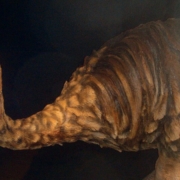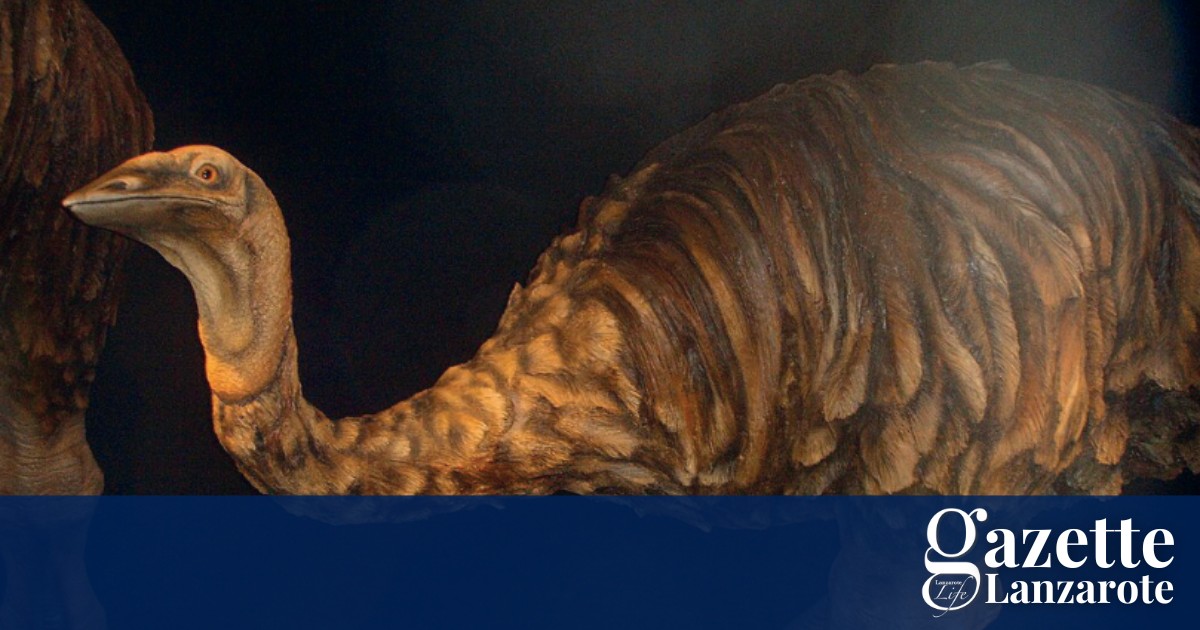Scientists have established that the aepyornis, or elephant bird – one of the largest birds ever to exist – lived on Lanzarote four million years ago.
In 2012, paleontologists investigating the Valle Grande, Valle Chico and Fuente de Gusa, ancient valleys and springs located in the north of Lanzarote near Órzola, discovered the fossilized remains of around ten large eggs.
Years later, in 2020 they announced that the eggs had belonged to long-extinct varieties of ratites, large flightless birds from the ostrich family. It was the first such discovery on the Canaries and posed a mystery of its own to experts.
The mystery was: how did large flightless birds get to Lanzarote? The Canary Islands were created by volcanic eruptions in the ocean, and have never been connected to the African mainland, where ratites were usually found.
Theories for how other species have reached the island generally rely on them being brought by birds or floating over on clumps of vegetation. This “raft theory” was thought to be the most likely explanation for the Lanzarote mystery.
Now, scientist Antonio Sánchez and his team have announced that the eggs found 13 years ago were not ostriches, but aepyornis eggs. The aepyornis, or elephant bird, is one of the largest birds that ever existed measuring up to 3 metres in height and weighing up to 500 kilos.
These vast birds have excited imaginations for generations. In Aepyornis Island, a short story by sciencefiction pioneer H.G. Wells, a scientist raises an Aepyornis after hatching it from an egg, but is eventually attacked and persecuted by the gigantic, bad-tempered bird.
Sánchez also believes he has a simple answer to the mystery of how the large flightless birds reached Lanzarote: “They swam,” he says. “There’s no other possibility, and ostriches, emus and other ratites are good swimmers.”











Leave a Reply
Want to join the discussion?Feel free to contribute!